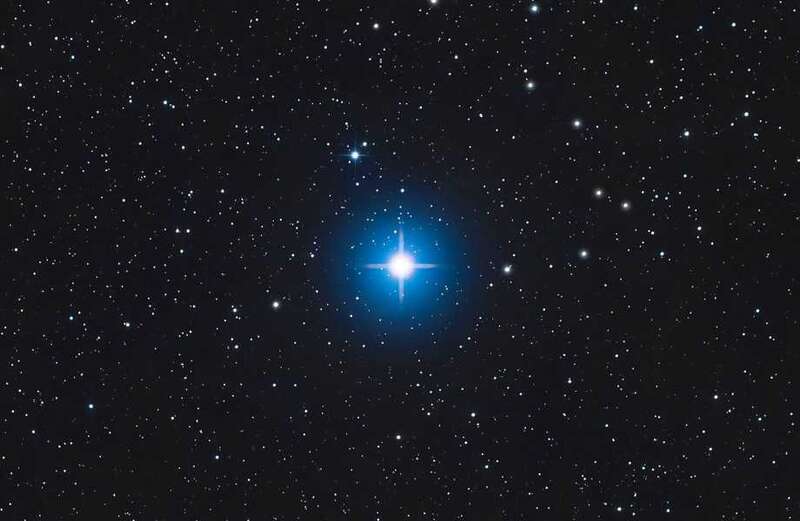A PAIR of stars in a distant constellation are expected to erupt within the next few months.
T Coronae Borealis, known to astronomers as T CrB, is a binary system composed of a white dwarf and a red giant.

Every eight decades, a buildup of heat and pressure triggers an explosion that appears as a bright pinpoint of light in the night sky.
But there's a catch – scientists aren't sure when exactly the fiery display will make an appearance.
Some say the explosion could happen as soon as September 2024, marking the first of the century.
 All you need to know about the upcoming Supermoon
All you need to know about the upcoming Supermoon
“It’s a once-in-a-lifetime event that will create a lot of new astronomers out there, giving young people a cosmic event they can observe for themselves, ask their own questions, and collect their own data,” said Dr. Rebekah Hounsell, an assistant research scientist at NASA's Goddard Space Flight Center.
However, onlookers must watch closely, as the outburst will be brief. Once the star erupts, it will be visible to the naked eye for just under a week.
T Coronae Borealis is nestled in the Northern Crown, a U-shaped collection of stars some 3,000 light-years away.
Luckily, it is easy to find on clear nights. It sits just between the constellations Hercules and Bootes.
Viewers must first locate the two brightest stars in the Northern Hemisphere, Arcturus and Vega. Tracing a straight line from one to the other will lead to the Corona Borealis.
Another option is downloading the Night Sky app and typing in the name of the constellation.
Night Sky and similar stargazing apps provide a simulation of celestial objects based on a user's location.

T CrB is comprised of a white dwarf and an ancient red giant. The white dwarf is roughly the size of our Earth, with the mass of the Sun, and exerts a relentless gravitational pull on its neighbor.
These forces strip the red giant of its hydrogen, which builds on the white dwarf's surface and triggers a buildup of pressure and heat.
The end result is a huge thermonuclear explosion that blows away the hydrogen, and the cycle continues every 80 years.
 Is there a Full Moon tonight?
Is there a Full Moon tonight?
T CrB is known as a nova, characterized by a sudden increase in brightness followed by a gradual return to its original state.
It is not to be confused with a supernova, which signals the end of a star's lifecycle.

Experts believe the first recorded sighting of the T CrB nova occurred in 1217.
That autumn, a German monk noted "a faint star that for a time shone with great light."
Irish astronomer John Birmingham spotted the explosion in 1866, just years before his death. He is credited with the nova's discovery.
T CrB last lit up the sky in 1946. However, its behavior over the past decade mirrors that of the decade leading up to the last eruption.
This gives scientists reason to believe that T CrB is due to blow in a matter of months. However, even the experts don't know what to expect.
Dr. Koji Mukai, a fellow astrophysics researcher at NASA Goddard, describes recurrent novae as "unpredictable and contrarian".
“When you think there can’t possibly be a reason they follow a certain set pattern, they do – and as soon as you start to rely on them repeating the same pattern, they deviate from it completely," he said.
"We’ll see how T CrB behaves.”
